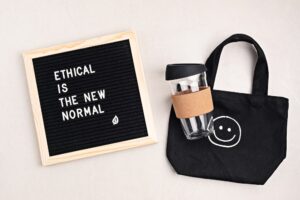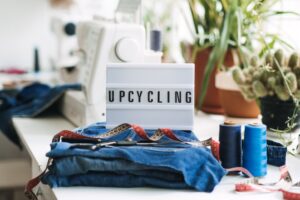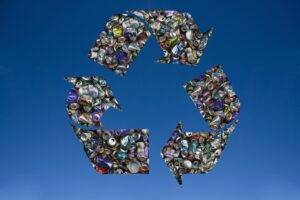Here’s a surprising truth: just because a product is labeled “cruelty-free” doesn’t mean it’s free from animal-derived ingredients.
This catches a lot of conscious consumers off guard. After all, isn’t cruelty-free about compassion?
Yes — but the label only tells part of the story.
Let’s break down how a product can avoid animal testing and still include animal-based ingredients — and what to look for if you want both cruelty-free and vegan.
🐰 Cruelty-Free = No Animal Testing
The term cruelty-free specifically refers to animal testing practices, not ingredients.
So when a product says “cruelty-free,” it means:
- The final product was not tested on animals
- Ingredients were not tested on animals
- No third-party testing on animals occurred
But it doesn’t mean that the ingredients themselves are free from animal origin.
Common Animal-Derived Ingredients in Cruelty-Free Products
Many cruelty-free brands still use ingredients sourced from animals or insects. These include:
- Beeswax – common in lip balms, mascaras, and lotions
- Lanolin – a moisturizing oil from sheep’s wool
- Carmine – a red dye made from crushed beetles
- Keratin – from horns, hooves, or feathers
- Collagen & Elastin – derived from animal connective tissue
- Silk proteins – made by boiling silkworms
- Shellac – resin from insect secretions, used in nail polish and hair sprays
- Casein – a milk protein used in cosmetics and hair products
- Squalene – often from shark liver (though plant-based alternatives exist)
These ingredients can be used in products that are 100% cruelty-free in terms of testing.
Why Do Brands Use Animal Ingredients?
Animal-derived ingredients are often:
- Cheaper to source
- Longstanding components of cosmetic formulas
- Touted as effective moisturizers, thickeners, or colorants
Some companies claim that these ingredients are collected “ethically” — like lanolin from live sheep or beeswax from hives without harming bees. But whether or not it’s “cruel,” it still involves using animals for human products.
There’s ongoing debate in the ethical consumer space about whether so-called “humane” sourcing is enough — or if true compassion means removing animal use entirely.
🌱 Cruelty-Free vs. Vegan: The Difference Matters
Let’s break it down clearly:
| Term | Animal Testing | Animal Ingredients |
|---|---|---|
| Cruelty-Free | ❌ | ✅ May Include |
| Vegan | ✅ May Occur | ❌ None |
| Both | ❌ | ❌ |
Many people mistakenly believe “cruelty-free” covers everything — but vegan and cruelty-free are not interchangeable.
For truly ethical products, you’ll want to find those that meet both standards.
What to Look for on Labels
To make sure your product is both cruelty-free and vegan, check for:
- Dual Certifications
- Leaping Bunny + Vegan Society
- PETA’s “Cruelty-Free & Vegan” logo
- Clear ingredient lists — learn to recognize hidden animal-derived terms
- Brand transparency — ethical brands will clarify if they use animal products
Want help decoding your product labels? Download our Cruelty-Free Ingredient Checklist for common red flags and ingredients to avoid.
Are There Plant-Based Alternatives?
Yes! Many animal-derived ingredients now have vegan replacements:
- Plant-based squalane (from olives or sugarcane)
- Synthetic beeswax (wax esters made in labs without bees)
- Algae collagen (from marine plants or lab-grown sources)
- Fruit and vegetable dyes (instead of carmine)
- Soy, wheat, oat, or almond proteins (instead of keratin)
- Shea butter and cocoa butter (instead of lanolin)
- Plant-based shellac alternatives for polish and glaze products
These alternatives are growing in popularity, and they often perform just as well — especially in newer, high-performance clean beauty formulations.
How Vegan Claims Can Also Be Misleading
Just like “cruelty-free,” the word “vegan” is not heavily regulated. A product labeled vegan may:
- Be free of animal ingredients, but still tested on animals
- Contain synthetic alternatives that may raise other environmental concerns
- Be vegan in formula, but not in packaging (some inks or glues are not vegan)
That’s why it’s important to look for third-party vegan certifications, such as:
- The Vegan Society
- Certified Vegan logo
- PETA’s combined cruelty-free and vegan label
When both cruelty-free and vegan claims are certified, you can trust the product aligns with your values.
Final Thought
“Cruelty-free” is a great start — but it doesn’t always mean what people think.
If you’re shopping to avoid animal harm altogether, check for both cruelty-free and vegan on the label.
Because ethics go beyond testing. They live in every ingredient.
🐰🌱 Stay tuned for the next post in the series: How to Read Cosmetic Labels Like a Pro









Reader Interactions